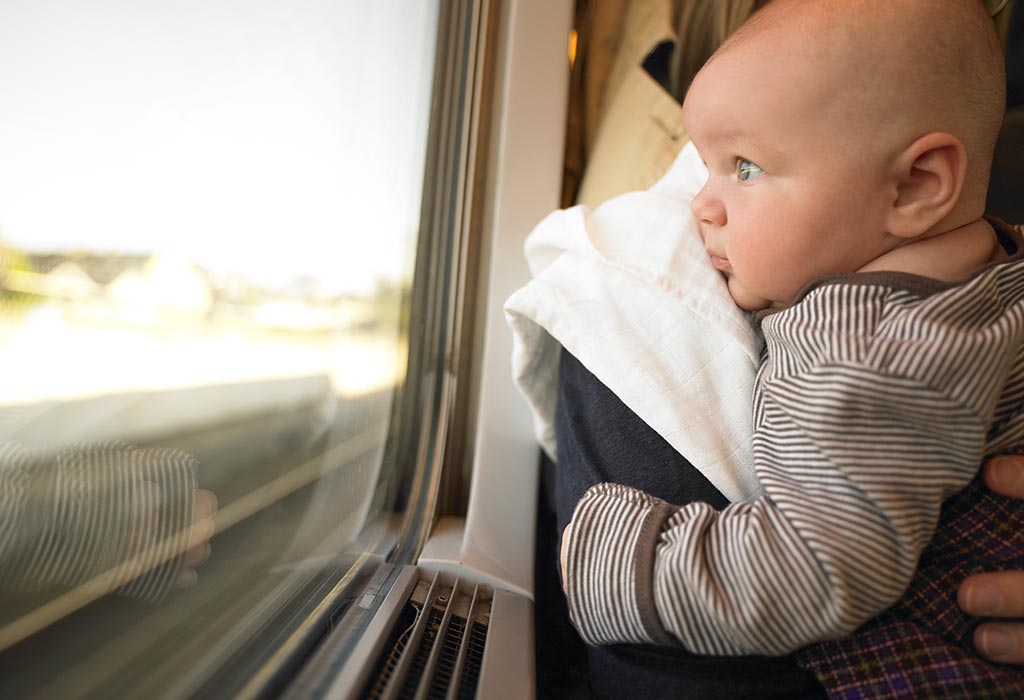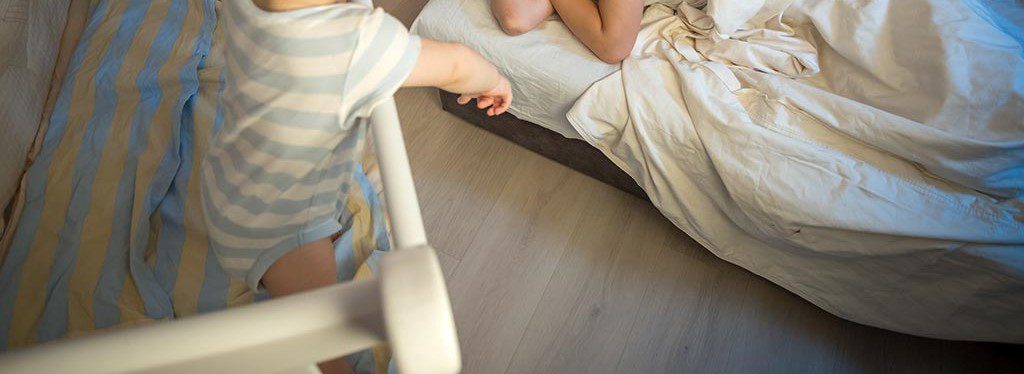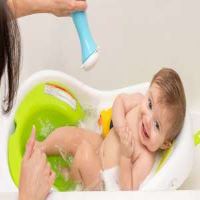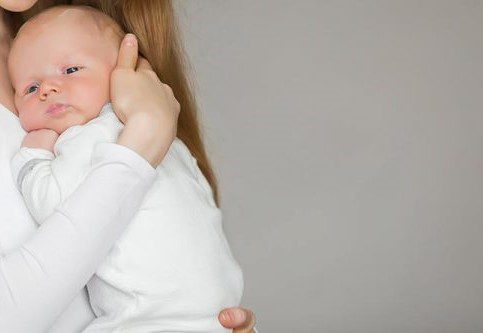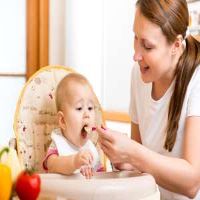Cloth diapers are environmentally friendly and cost-effective – it's worth giving them a fair chance. If your baby's cloth diapers are in desperate need of a clean, they can be cleaned with bleach.
Bleach can be used to prevent and solve many cloth diaper problems. Bleach is not your enemy – in fact, it's your friend. Although bleach is often a taboo word in the cloth diaper world, many manufacturers actually recommend using it once a month to keep your diapers fresh.

Bleaching once a month can help break down yeast and ammonia, eliminate odors, and prevent detergent buildup before it becomes a bigger problem and requires more drastic measures like stripping.
For some, using bleach may void your warranty, so be sure to read the manufacturer's instructions before using bleach.
Do you need: Down syndrome - causes, symptoms, living with a Down patient?
Why should baby cloth diapers be washed?
While routine bleach soaking is an important part of your baby's cloth diapering routine, some situations call for a bleach soak – planned or otherwise.
1. When buying used diapers
Buying pre-owned diapers is a great way to stretch your budget even further, and it can be an especially good idea in the beginning when you're trying different diapers to see which ones work best for your baby. With used diapers, be sure to do a bleach soak before touching your baby's bottom. The previous owner may have used an incorrect washing routine or detergent that irritated your baby's skin. It's possible your baby has a rash that could be passed on to your baby. There's no way to know for sure, so it's best to do a bleach soak, starting with fresh diapers before putting them on your baby.
Do you need: Runny nose in children?
2. Ammonia
Ammonia is hard to miss—if you have a diaper problem, you'll know almost immediately. The smell will set you back with a pungent ferocity that can make you question using cloth diapers altogether.
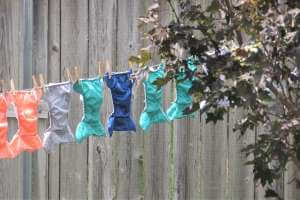
Ammonia can be caused by several different things, including mineral buildup from hard water, not using enough or too much detergent, or even your baby wearing diapers for a long period of time. If you have ammonia in your diapers, you may be tempted to jump straight to bleach, but this isn't necessary unless the ammonia smell is from hard water. Otherwise, a bleach soak will restore your diapers to their natural state.
Do you need: How to make your baby sleep through the night?
3. Yeast
If your child has a rash that lasts longer than one to two days despite keeping them clean and dry and using rash creams, the rash may be a yeast infection.
Yeast can affect babies who wear cloth diapers, but the most effective way to get rid of yeast is to soak the diaper in bleach.
It is important to bleach your baby's diapers immediately if your baby has a yeast rash. This will prevent the yeast from spreading or re-infecting.
Do you need: What you should know about constipation in infants?
4. Mold
Mold loves warm, moist environments, so it can occur in many different situations. If diapers are left unwashed for too long, mold may start to grow.
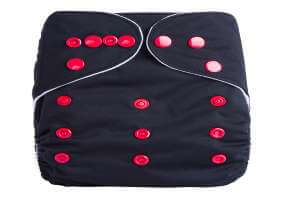
If you ever encounter mold on your baby's diapers, you may be tempted to throw them out and buy new ones. Soaking in bleach kills the mold and makes your baby's diapers look brand new. If soaking in bleach doesn't get rid of the mold stains right away, try soaking them in a more concentrated bleach.
Do you need: Measles: What you need to know
5. Larvae
Larvae are possible with cloth diapers if you're not careful about cleaning them. If you leave diapers unwashed for too long or don't remove waste after changes, you're creating the perfect environment for larvae to breed. Washing diapers thoroughly in hot water and soaking them in bleach will kill everything, leaving your baby's diapers as good as new.
Do you need: Treatment for worms in children?
Which bleach should I use? In cleaning cloth diapers
Before we talk about how to bleach cloth diapers, it's important to note that not all bleaches are created equal. When bleaching cloth diapers, it's important to choose a genuine liquid bleach. The label should say it's a disinfectant.
Non-sterilizing bleaches will not disinfect your diapers, and will cause you to have to repeat the process again.
Do you need: Chickenpox in infants and children?
Where can I use bleach for cloth diapers?
Your monthly bleach doesn't have to be full of absorbency. You can disinfect your baby's diapers once a month by adding a quarter cup of chlorine bleach to your warm wash routine.
Just make sure to rinse your baby's diapers well after washing – an extra rinse cycle may be necessary to remove all the bleach. This is important because some of the harsher bleaching products can cause your baby's diaper rash.
Do you need: Is crying good for your baby?
Bleaching cloth diapers using a washing machine
If you are facing an emergency situation such as mold or yeast, machine bleach is the easiest option for bleaching. To perform a machine bleach wash, follow these steps:
Fill the washing machine: Fill the washing machine with cold water.
Add bleach: Add the following amount of bleach, depending on the size of your washing machine. If your tub is small, use 1/3 cup of bleach. For a medium-sized washing machine, add 1/2 cup of bleach. For a large washing machine, use 3/4 cup of bleach.
Soak baby diapers: Let the diapers soak for at least 30 minutes, but no more than 45 minutes.
Rinse diapers: Once the soaking is complete, rinse your baby's diapers in hot water and then follow with a hot wash. Make sure to use detergent in the hot wash to completely break down the bleach.
Do you need: Scoliosis in children and its treatment?
You can't soak diapers in a front-loading washer; they must be soaked in a bathtub. If you don't have a top-loading washer, you can still bleach your diapers. Soaking in a tub or bathtub uses the same general procedure as soaking in a top-loading washer. Soak the diapers in cold water with bleach added.
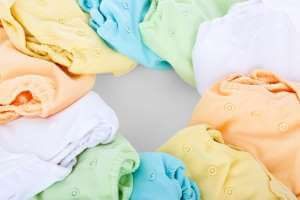
Rinse the diapers in hot water and follow with a hot machine wash with detergent. The only thing that changes is the amount of bleach you add.
The idea of using bleach may strike fear into the hearts of many cloth diapering moms, but in all honesty, it is a vital part of every cloth diapering routine.
A little bleach can make a big difference in many situations. Do you have experience using bleach with your cloth diapers? We'd love to hear your tips or tricks in the comments section below. And if you have a friend who's frustrated with cloth diapers, please share this article with her!
the source : When And How To Safely Bleach Cloth Diapers
